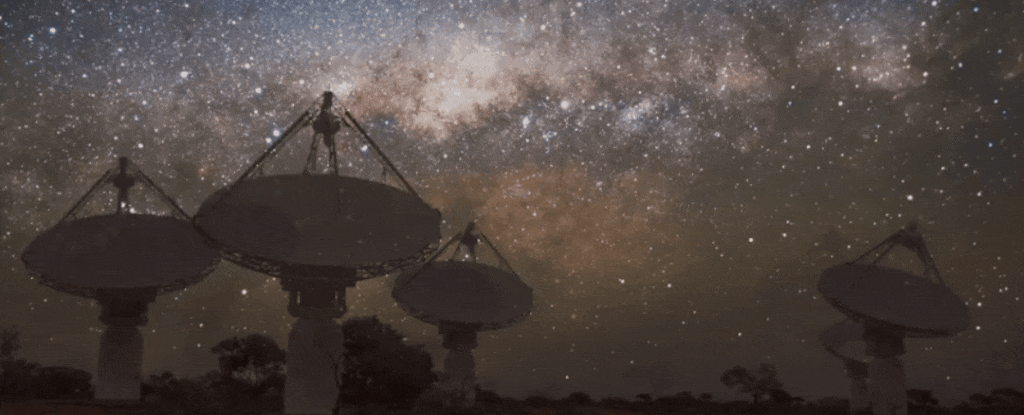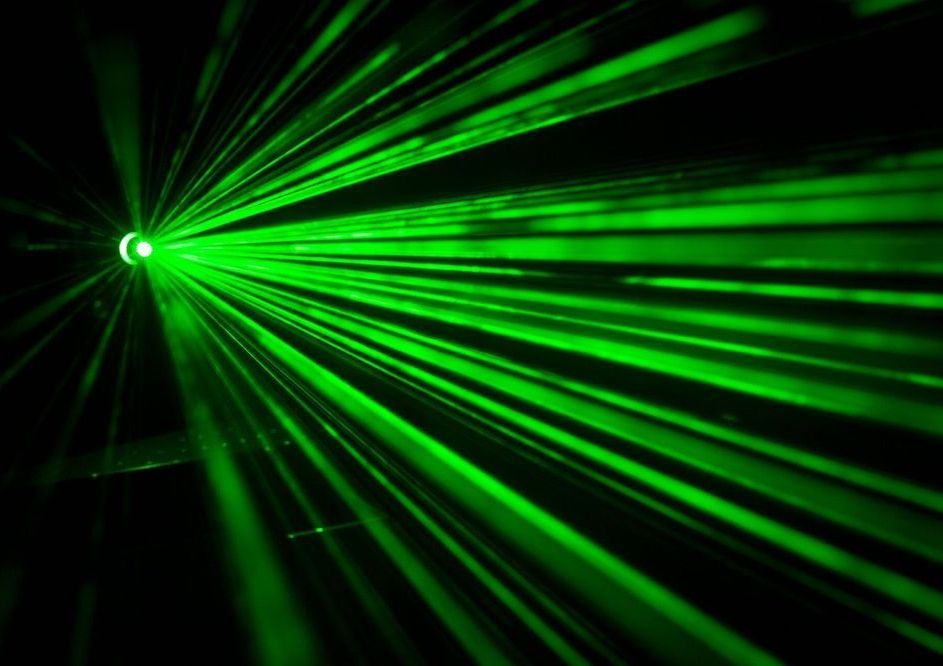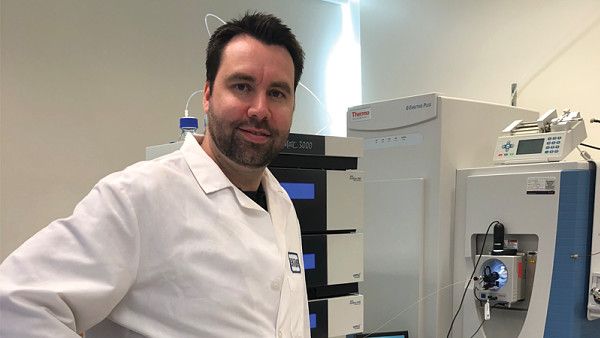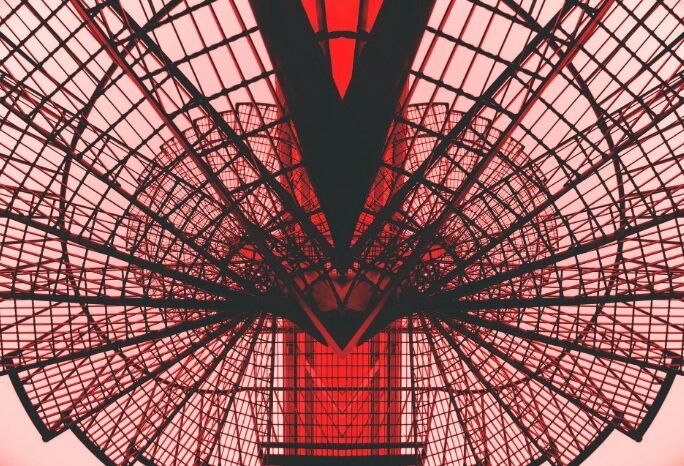Jun 28, 2019
Why does time always run forwards and never backwards?
Posted by Paul Battista in category: futurism
There’s egg on your face, literally. You tried to juggle some eggs, it all went wrong, and now you’ve got to shower and change your clothes.
Wouldn’t it be faster to just un-break the egg? Breaking it only took a few seconds, so why not do that again, but in reverse? Just reassemble the shell and throw the yolk and the white back inside. You’d have a clean face, clean clothes, and no yolk in your hair, like nothing ever happened.
Why don’t things happen in reverse all the time?


















